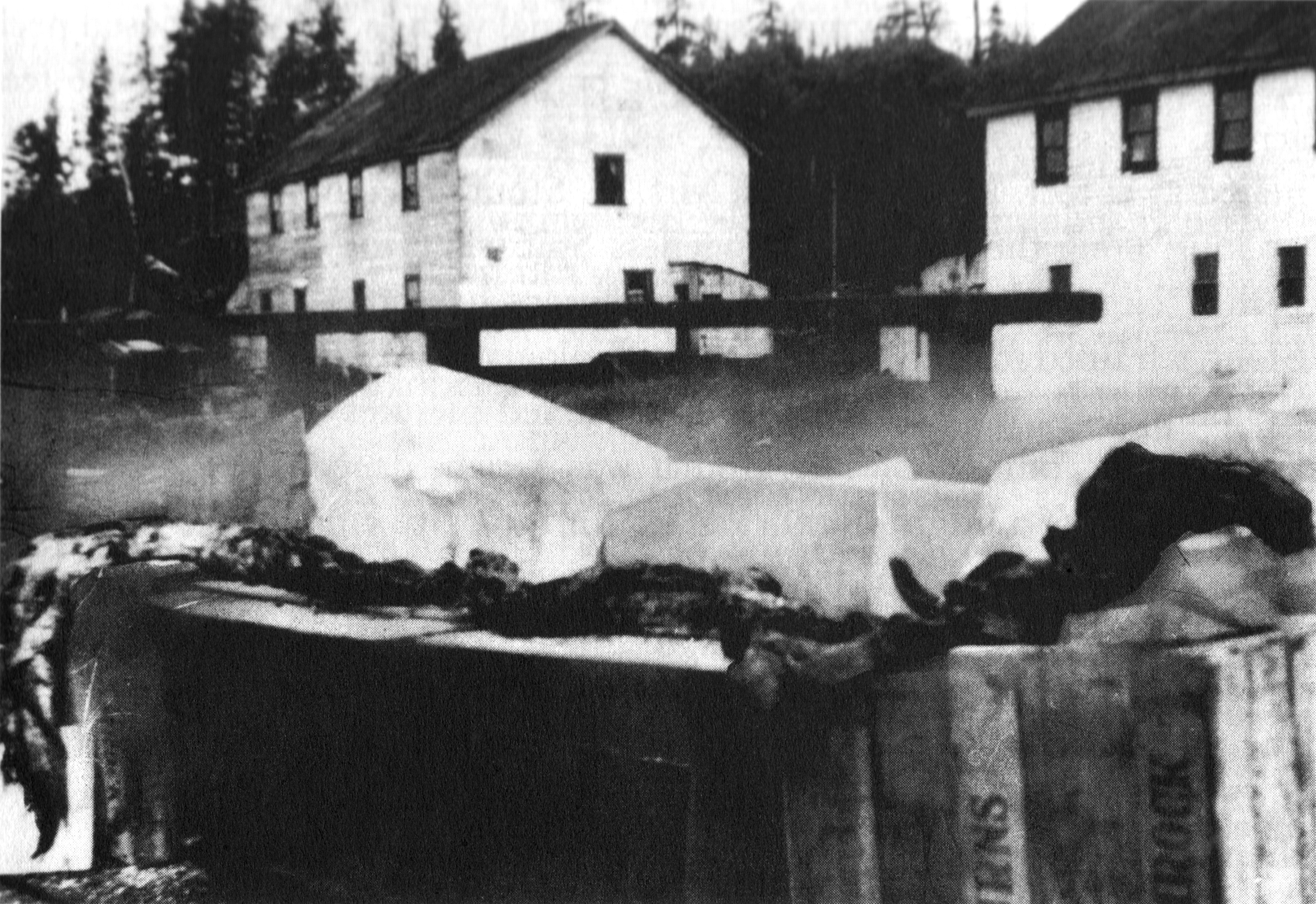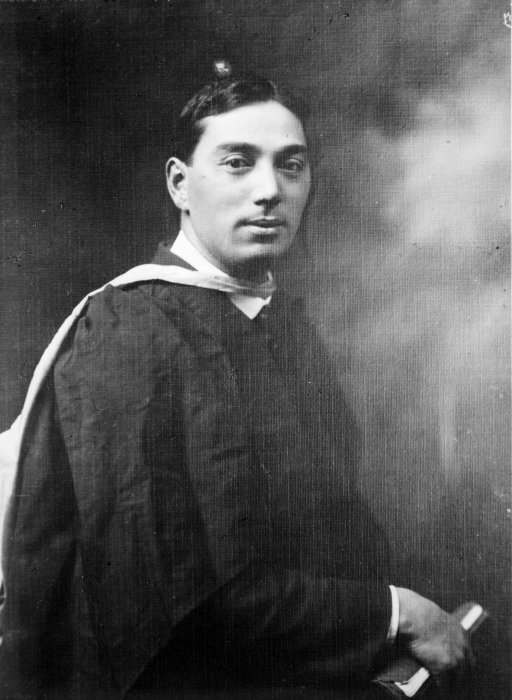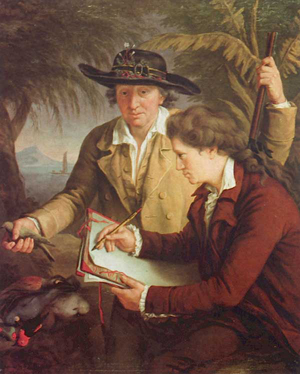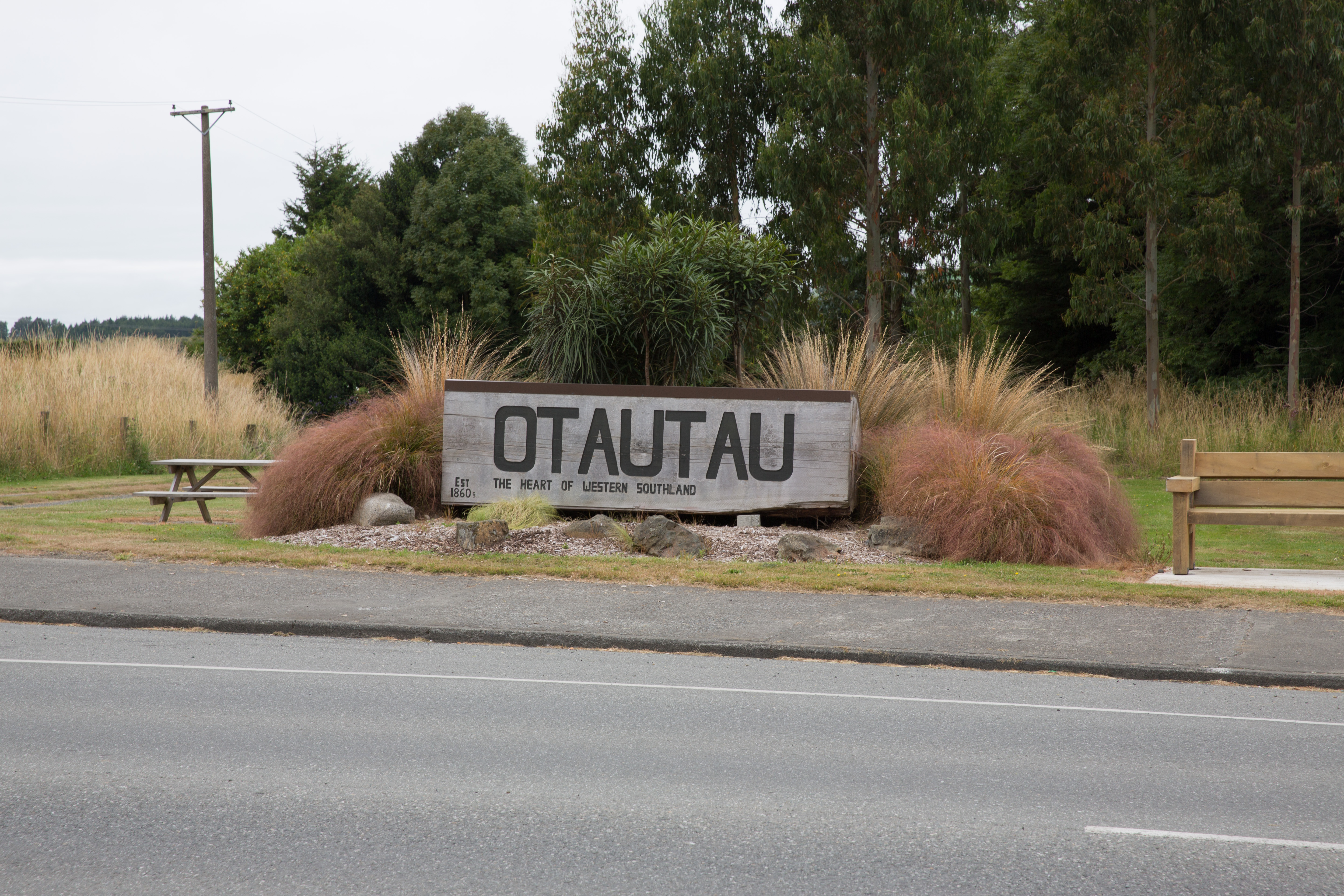|
Waitoreke
Waitoreke also commonly referred to as the South Island Otter is an otter/beaver-like creature in New Zealand folklore. In its rare inferred sightings it is usually described as a small otter-like animal that lives in the South Island of New Zealand. There are many theories on the waitoreke's true identity, such as it being an otter, beaver or pinniped. New Zealand's only recognised endemic land mammals are bats—New Zealand lesser short-tailed bat and New Zealand long-tailed bat. Land mammals introduced to New Zealand by the Maori, apparent to the early European visitors and settlers, were (dog) and (rat). Etymology The origin of the name "waitoreke" is not well documented; the Rev. Richard Taylor noted its use in the 1840s as "Waitoreke, otter. (Uncertain, perhaps the seal)". It does not occur in Tregear's fairly comprehensive Māori dictionary of 1891, and was said to be "ungrammatical" by leading Māori anthropologist Sir Peter Buck. Since European settlement (late 1 ... [...More Info...] [...Related Items...] OR: [Wikipedia] [Google] [Baidu] |
Cryptid
Cryptids are animals that cryptozoologists believe may exist somewhere in the wild, but are not believed to exist by mainstream science. Cryptozoology is a pseudoscience, which primarily looks at anecdotal stories, and other claims rejected by the scientific community. While biologists regularly identify new species following established scientific methodology, cryptozoologists focus on entities mentioned in the folklore record and rumor. Entities that may be considered cryptids by cryptozoologists include Bigfoot, Yeti, the chupacabra, the Jersey Devil, the Loch Ness Monster, and the Mokele-mbembe. Scholars have noted that the cryptozoology subculture rejected mainstream approaches from an early date, and that adherents often express hostility to mainstream science. Scholars have studied cryptozoologists and their influence (including the pseudoscience's association with Young Earth creationism), noted parallels in cryptozoology and other pseudosciences such as ghost hunting ... [...More Info...] [...Related Items...] OR: [Wikipedia] [Google] [Baidu] |
Te Rangi Hīroa
Sir Peter Henry Buck (ca. October 1877 – 1 December 1951), also known as Te Rangi Hīroa or Te Rangihīroa, was a New Zealand doctor, military leader, health administrator, politician, anthropologist and museum director. He was a prominent member of Ngāti Mutunga, his mother's Māori iwi. Early life Peter Buck was born in Urenui, New Zealand, the only child of Anglo-Irish immigrant William Henry Buck and Rina, a Māori woman. William's wife Ngarongo-ki-tua had been unable to have children and, in line with Māori custom, Rina, one of Ngarongo's relatives, became part of the household and produced a child for the couple. Rina died soon after Peter was born, and Ngarongo raised him as her own. He claimed to have been born in 1880, but the register of the primary school he attended records October 1877, which is likely to be correct. Te Rangi Hīroa was descended on his Māori (maternal) side from the Taranaki iwi of Ngāti Mutunga. In his teens, his elders gave him the nam ... [...More Info...] [...Related Items...] OR: [Wikipedia] [Google] [Baidu] |
Frederick Hutton (scientist)
Captain Frederick Wollaston Hutton (16 November 1836 – 27 October 1905) was an English-New Zealand scientist who applied the theory of natural selection to explain the origins and nature of the natural history of New Zealand. An army officer in early life, he then had an academic career in geology and biology. He became one of the most able and prolific nineteenth century naturalists of New Zealand. Biography Hutton was born in Gate Burton, Lincolnshire, England, the son of the Rev. Henry Frederick Hutton and his wife Louisa Wollaston, daughter of the Rev. Henry John Wollaston. He passed through Southwell grammar school and the Naval Academy at Gosport, Hampshire. He studied applied science at King's College London before being commissioned in the Royal Welch Fusiliers and fighting in the Crimean War and the Indian Mutiny. Hutton returned to England in 1860, and continued to study geology at Sandhurst, being elected to the Geological Society of London in the same ... [...More Info...] [...Related Items...] OR: [Wikipedia] [Google] [Baidu] |
A Voyage Round The World
''A Voyage Round the World'' (complete title ''A Voyage Round the World in His Britannic Majesty's Sloop, Resolution, Commanded by Capt. James Cook, During the Years 1772, 3, 4, and 5'') is Georg Forster's report on the second voyage of the British explorer James Cook. During the preparations for Cook's voyage, the expedition's naturalist Joseph Banks had withdrawn his participation, and Georg's father, Johann Reinhold Forster, had taken his place at very short notice, with his seventeen-year-old son as his assistant. They sailed on with Cook, accompanied by under Tobias Furneaux. On the voyage, they circumnavigated the world, crossed the Antarctic Circle and sailed as far south as 71° 10, discovered several Pacific islands, encountered diverse cultures and described many species of plants and animals. When they returned to England after more than three years, disagreement about the publication rights for a narrative of the journey arose. After plans agreed with John ... [...More Info...] [...Related Items...] OR: [Wikipedia] [Google] [Baidu] |
Georg Forster
Johann George Adam Forster, also known as Georg Forster (, 27 November 1754 – 10 January 1794), was a German naturalist, ethnologist, travel writer, journalist and revolutionary. At an early age, he accompanied his father, Johann Reinhold Forster, on several scientific expeditions, including James Cook's second voyage to the Pacific. His report of that journey, ''A Voyage Round the World'', contributed significantly to the ethnology of the people of Polynesia and remains a respected work. As a result of the report, Forster, who was admitted to the Royal Society at the early age of twenty-two, came to be considered one of the founders of modern scientific travel literature. After returning to continental Europe, Forster turned toward academia. He taught natural history at the Collegium Carolinum in the Ottoneum, Kassel (1778–84), and later at the Academy of Vilna (Vilnius University) (1784–87). In 1788, he became head librarian at the University of Mainz. Most of his ... [...More Info...] [...Related Items...] OR: [Wikipedia] [Google] [Baidu] |
Dusky Sound
Tamatea / Dusky Sound is a fiord on the southwest corner of New Zealand, in Fiordland National Park. Geography One of the most complex of the many fiords on this coast, it is also the largest at 40 kilometres in length and eight kilometres wide at its widest point. To the north of its mouth is the large Resolution Island, whose Five Fingers Peninsula shelters the mouth of the sound from the northwest; along the east coast of the island, Acheron Passage connects Dusky Sound with Breaksea Sound, to the north. Several large islands lie in the sound, notably Anchor Island, Long Island, and Cooper Island. The upper reaches of the sound are steep-sided, and the high precipitation of the region leads to hundreds of waterfalls cascading into the sound during the rainy season. Seals and dolphins are often sighted in the sound's waters and occasionally visited by whales where the area especially nearby Preservation Inlet was one of earliest shore-based whaling ground for southern ... [...More Info...] [...Related Items...] OR: [Wikipedia] [Google] [Baidu] |
James Cook
James Cook (7 November 1728 Old Style date: 27 October – 14 February 1779) was a British explorer, navigator, cartographer, and captain in the British Royal Navy, famous for his three voyages between 1768 and 1779 in the Pacific Ocean and to New Zealand and Australia in particular. He made detailed maps of Newfoundland prior to making three voyages to the Pacific, during which he achieved the first recorded European contact with the eastern coastline of Australia and the Hawaiian Islands, and the first recorded circumnavigation of New Zealand. Cook joined the British merchant navy as a teenager and joined the Royal Navy in 1755. He saw action in the Seven Years' War and subsequently surveyed and mapped much of the entrance to the St. Lawrence River during the siege of Quebec, which brought him to the attention of the Admiralty and the Royal Society. This acclaim came at a crucial moment for the direction of British overseas exploration, and it led to his commission in ... [...More Info...] [...Related Items...] OR: [Wikipedia] [Google] [Baidu] |
The Southland Times
''The Southland Times'' is the regional daily paper for Southland, including Invercargill, and neighbouring parts of Otago, in New Zealand. It is now owned by media business Stuff Ltd, formerly the New Zealand division of Fairfax Media. History ''The Southland Times'' was first established in 1862. The first edition was published on 12 November 1862 under the title of ''Invercargill Times''. The three founders were Gerard George Fitzgerald, John T. Downes, and Charles Reynolds. The name changed to ''The Southland Times'' in June 1864. Initially, it was published two or three times a week until it became a daily paper in 1875. From 1869 until its purchase by the INL (Independent Newspapers Limited), it was owned by the Gilmour family. Robert Gilmour became a part owner in 1869–70, and then in 1879 became the sole owner of the paper. In 1972, digital computers and software, phototypesetters, and a Japanese APR photopolymer plate were installed at the paper, making the ''Times ... [...More Info...] [...Related Items...] OR: [Wikipedia] [Google] [Baidu] |
Otautau
Otautau is a small farming, forestry and milling town located inland on the western edge of the Southland Plains of New Zealand on the banks of the Aparima River. Otautau is located approximately north west of Invercargill. The average elevation of Otautau is 60 meters. Otautau is also known as "The Heart of Western Southland" as can be seen on the roadside sign photo below. Otautau township has one building registered with Pouhere Taonga Heritage New Zealand. This is the historic courthouse building in Main Street from 1908, which currently houses the district's small museum and some archives from local institutions and businesses. The New Zealand Ministry for Culture and Heritage gives a translation of "place of near pendant" for the name . Early history There have been claims made in some modern day publications, that Otautau was founded after the discovery of gold in Central Otago in 1861, to meet the needs of travellers on their way to the then newly discovered gold f ... [...More Info...] [...Related Items...] OR: [Wikipedia] [Google] [Baidu] |
Amphibian
Amphibians are tetrapod, four-limbed and ectothermic vertebrates of the Class (biology), class Amphibia. All living amphibians belong to the group Lissamphibia. They inhabit a wide variety of habitats, with most species living within terrestrial animal, terrestrial, fossorial, arboreal or freshwater aquatic ecosystems. Thus amphibians typically start out as larvae living in water, but some species have developed behavioural adaptations to bypass this. The young generally undergo metamorphosis from larva with gills to an adult air-breathing form with lungs. Amphibians use their skin as a secondary respiratory surface and some small terrestrial salamanders and frogs lack lungs and rely entirely on their skin. They are superficially similar to reptiles like lizards but, along with mammals and birds, reptiles are amniotes and do not require water bodies in which to breed. With their complex reproductive needs and permeable skins, amphibians are often ecological indicators; in re ... [...More Info...] [...Related Items...] OR: [Wikipedia] [Google] [Baidu] |
Common Ringtail Possum
The common ringtail possum (''Pseudocheirus peregrinus'', Greek for "false hand" and Latin for "pilgrim" or "alien") is an Australian marsupial. It lives in a variety of habitats and eats a variety of leaves of both native and introduced plants, as well as flowers, fruits and sap. This possum also consumes a special type of faeces that is produced during the daytime when it is resting in a nest. This behaviour is called caecotrophy and is similar to that seen in rabbits. Taxonomy The common ringtail possum is currently classified as the only living species in the genus ''Pseudocheirus''; the species of '' Pseudochirulus'' and other ringtail genera were formerly also classified in ''Pseudocheirus''. Several subspecies have been described, such as the Western Australian ''Pseudocheirus peregrinus occidentalis'', but the entire population may be a species complex. The arrangement as the only extant species of ''Pseudocheirus'' is: *''Pseudocheirus peregrinus pereginus'', the type ... [...More Info...] [...Related Items...] OR: [Wikipedia] [Google] [Baidu] |
Common Brushtail Possum
The common brushtail possum (''Trichosurus vulpecula'', from the Greek for "furry tailed" and the Latin for "little fox", previously in the genus ''Phalangista'') is a nocturnal, semiarboreal marsupial of the family Phalangeridae, native to Australia and naturalised in New Zealand, and the second-largest of the possums. Like most possums, the common brushtail possum is nocturnal. It is mainly a folivore, but has been known to eat small mammals such as rats. In most Australian habitats, eucalyptus leaves are a significant part of the diet, but rarely the sole item eaten. Its tail is prehensile and naked on its lower underside. The four colour variations are silver-grey, brown, black, and gold. It is the Australian marsupial most often seen by city dwellers, as it is one of few that thrive in cities and a wide range of natural and human-modified environments. Around human habitations, common brushtails are inventive and determined foragers with a liking for fruit trees, vegetable g ... [...More Info...] [...Related Items...] OR: [Wikipedia] [Google] [Baidu] |





.jpg)



.png)

